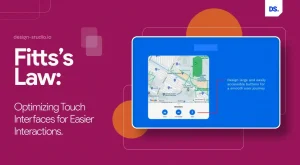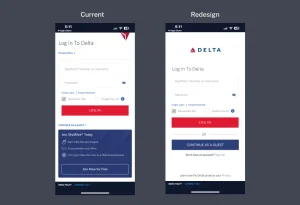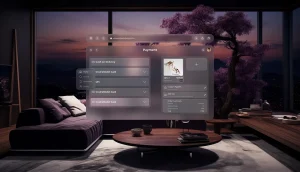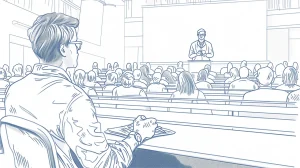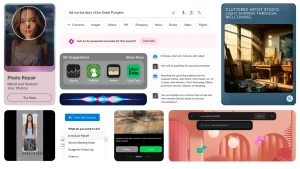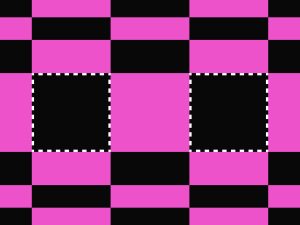The 7 Most Important Laws of UX Design in 2024
UX designers refer to these predictable cause-and-effect relationships as the “laws” of UX design. These “laws of UX” are not rigid rules set in stone; they represent tried-and-true cause-and-effect relationships that, over the years, have proven invaluable in aiding UX designers to craft outstanding user experiences.

